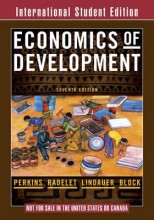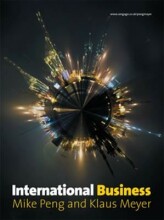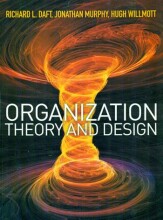Summary: Economics Of Development | 9780393114959 | Dwight H Perkins
- This + 400k other summaries
- A unique study and practice tool
- Never study anything twice again
- Get the grades you hope for
- 100% sure, 100% understanding
Read the summary and the most important questions on Economics of Development | 9780393114959 | Dwight H. Perkins ... [et al.].
-
1 Development and Growth
-
1.4.2 The Harrod-domar growth model
This is a preview. There are 4 more flashcards available for chapter 1.4.2
Show more cards here -
What is the characteristic of a fixe-coefficient production function?
L-shape
-
What are the assumptions of a Harrod-domar framework?
- fixed proportion use of capital and labor to each other to produce output
- constant returns to scale: capital-output ratio fixed
-
What is the incremental capital-output ratio
determines impact on output of additional capital. measures the productivity of additional capital.
ICOR = v -
What does the Harrod-Domar relationship say about growth?
Growth is possible you save more and make productive investments and your economy will grow
-
What is meant by the knife-edge problem?
As long as g=n, the economy remains in equilibrium, but as soon as either the capital stock or the labor force grows faster than the other, the economy falls off the edge with continuously growing unemployment of either capital or labour.
-
Why does a higher v may not necessarily imply inefficiency or slower growth?
ICORs can also shift thourhg market mechanisms, as prices of labor and capital change in response to changes in supplies. as growth takes place, saving tends to become relatively more abundant and hence the price of capital falls while employment and wages rise. therefore all producers increasingly economize on labor and use more capital and the icor tends to rise.
-
What are 3 strong points of the Harrod-Domar model?
- simplicity
- key role of saving
- is 'accurate' in the short run to explain growth based on saving
-
What are 3 weak points of the Harrod-Domar model?
- too strong focus saving
- focus on 1 sector
- rigid assumption of fixed coefficients
- absense of productivity growth
-
1.4.3 The Solow growth model
This is a preview. There are 17 more flashcards available for chapter 1.4.3
Show more cards here -
What are the diffences between the Solow-model and the HD-model?
The solow model is more flexible and there is substitution possible between factors of production
-
What are the assumptions of the Solow growth model?
- Constant returns to scale: So a constant capital output ratio
- different combinations of inputs are possible
- Higher grades + faster learning
- Never study anything twice
- 100% sure, 100% understanding
































